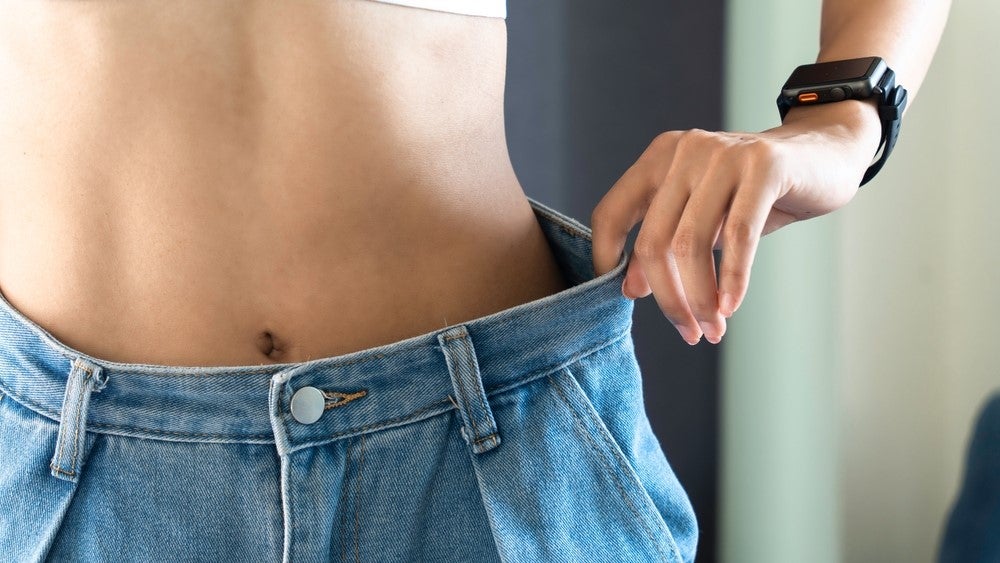Allurion Technologies has presented data from two studies showing the efficacy of its swallowable gastric balloon in causing significant weight loss.
One study evaluated the device in patients who did not respond to Novo Nordisk’s glucagon-like peptide-1 (GLP-1) receptor agonist Saxenda (liraglutide). The data was presented as abstracts at the Obesity Society’s Obesity Week 2024 taking place from 2 to 6 November in Texas, US.
The GLP-1 treatment failure study enrolled 27 patients who were treated with Saxenda and achieved either no weight loss or had a weight loss of less than 5%. These patients showed an average weight loss of 17.6% after four months of treatment with Allurion’s gastric balloon.
“Clinical studies indicate that, depending on the GLP-1 medication, more than a third of patients do not achieve over 10% total body weight loss (TBWL) at one year, with lower real-world response rates1. In addition, it can take 3 months to determine whether treatment is working,” said Dr. Ram Chuttani, chief medical officer and founding partner of Allurion.
“Our findings suggest that the Allurion Program can be a game-changer for patients who do not respond to GLP-1 treatments,” he added.
Novo Nordisk has dominated the obesity space with Wegovy (semaglutide) and Saxenda. The drugs raked in combined global sales of Dkr41.6bn ($6bn) last year, per the company’s financials. According to GlobalData analysis the obesity market is expected to be worth $37.1bn in 2031. Multiple device makers are also developing new devices to tackle obesity.
Allurion also presented data from a real-world study, which gathered data from 19,428 patients. The data was gathered over six years, from 2018 to 2023, using the company’s Virtual Care Suite. The results were tracked digitally and showed an average weight loss of 12.2% at four months.
Allurion’s balloon is swallowed as a capsule and then filled with liquid. It promotes weight loss by mimicking a full stomach. The balloon, unlike other approaches, does not require surgery, endoscopy, or anaesthesia. After around four months, the balloon releases the liquid on its own and it passes out of the body naturally.
The company is seeking approval from the US Food and Drug Administration (FDA). Last month, it started the submission process by filing the first three modules. Allurion said it expects to file the fourth and final module containing the clinical data from its AUDACITY trial (NCT05368259) early next year.









